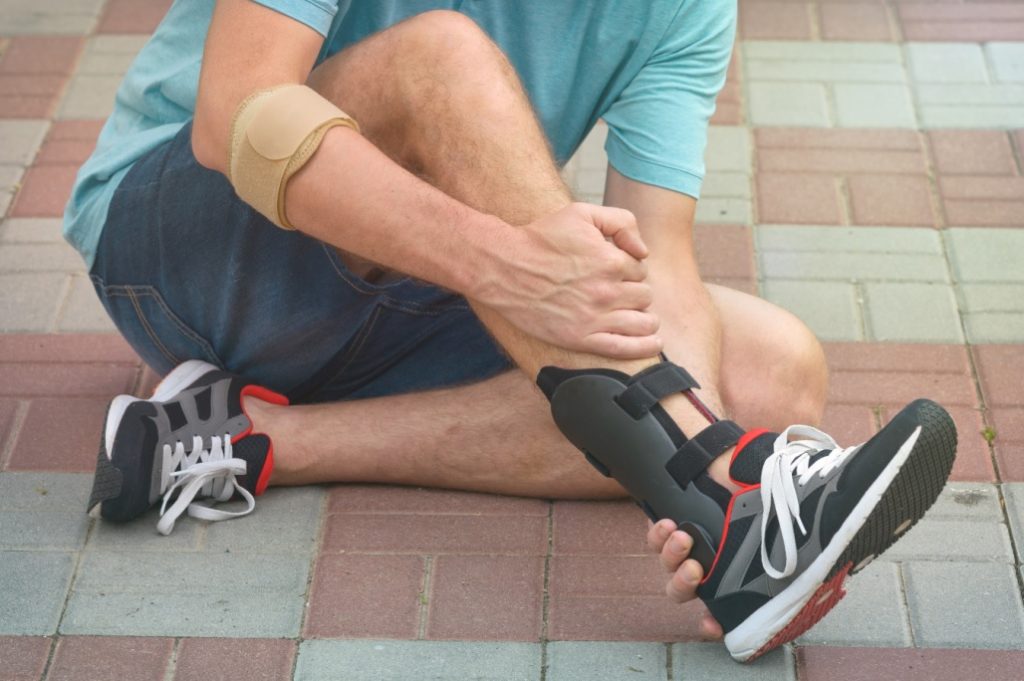Advancements in prosthetics have revolutionized the way individuals with limb loss experience the world, enabling them to lead more independent, fulfilling, and active lives. Thanks to cutting-edge innovations in materials, design, and smart technology, modern prosthetic limbs are more lightweight, functional, and lifelike than ever before. These enhancements allow users to perform everyday activities with greater ease and confidence, from walking and running to cycling, swimming, and even rock climbing. With customizable designs tailored to each person’s specific needs, prosthetics have become highly adaptive, helping users regain mobility and overcome physical limitations that were once considered insurmountable. One of the most significant breakthroughs in recent years is the integration of bionic and myoelectric technology. These prosthetics use sensors that detect muscle signals from the user’s residual limb, enabling more intuitive and natural movements. For instance, a myoelectric arm can mimic the fine motor skills of a natural hand, allowing users to grasp objects, write, or even tie their shoelaces with impressive precision.

Such innovations not only enhance physical function but also contribute to a deeper sense of self-reliance and emotional well-being. Individuals who once struggled with daily tasks now report feeling more empowered and connected to their surroundings. Another positive advancement is the rise of 3D printing in prosthetics manufacturing. This technology has significantly lowered production costs and made custom prosthetic limbs more accessible, especially in underserved communities. With 3D printing, children can receive affordable, scalable prosthetics that grow with them, while adults can obtain personalized devices that align with their lifestyle and goals. The ability to personalize prosthetics with color, form, and even fashion-forward aesthetics helps remove stigma and fosters a sense of pride and identity among users. Moreover, the global prosthetics community is stronger than ever, thanks to widespread education, outreach programs, and inclusive athletic events.
Organizations like the Paralympics and adaptive sports leagues provide platforms for individuals to showcase their abilities and challenge societal norms. These initiatives inspire others and highlight what is possible with the right tools and support. Physical therapists, occupational therapists, engineers, and healthcare providers now work more collaboratively with patients, ensuring each person receives the training and encouragement needed to thrive with their prosthetic. Perhaps most importantly, today’s prosthetic advancements are reshaping societal attitudes around disability and read this article. More than just medical devices, prosthetics have become symbols of resilience, determination, and innovation. As technology continues to evolve such as the development of sensory feedback systems that allow users to feel through their prosthetic there is growing optimism about what the future holds. With continued investment and research, prosthetic devices will only become more intuitive, efficient, and empowering.
